It’s Opening Day at Saratoga Race Course, and you’re handicapping the afternoon’s pair of featured races, the first two of the 76 stakes that will be contested here this summer. Along with the Schuylerville Stakes, which was first run in 1918, day one of the Saratoga meet also features the Quick Call Stakes, named not for the expeditious use of a rotary telephone, but rather one of Saratoga’s most beloved racehorses.
How much do you know about Quick Call? And how much (be honest!) do you really think about any race’s origin story before locking in your trifecta bet? Whether you admittedly don’t think about it much at all, or maybe you think you know but would love to be surprised by learning little-known insider info, this article has you covered. But first, let’s finish Quick Call’s story.
From 1987-90, Quick Call was a Saratoga “horse for the course,” winning nine races at the track, including consecutive editions of the prestigious Forego in ’88 and ’89. When he retired in ’92, Quick Call had raced 86 times and won 16 times, finishing in the top three in half of his starts with earnings of more than $800,000.
Along with having a Grade 3 stakes race named after him, Quick Call, who was 35 when he died in 2019, also received a rare Saratoga honor: Earlier this year, he was given a memorial headstone in Clare Court on the track’s backstretch. Only three other horses—Fourstardave, Mourjane and A Phenomenon—have received one there.
While many of Saratoga’s stakes races have been given blindingly obvious names—see Albany, Lake George, Troy, Yaddo, Skidmore and the National Museum of Racing and Hall of Fame—a number have tougher-to-intuit ones. Here are their stories.
Alabama Stakes
The oldest stakes race for 3-year-old fillies in America, the Alabama was first run in 1872 and won by Woodbine, who was owned by August Belmont I. The race was intended to be named after prominent sportsman William Cottrell, of Mobile, AL, but he was a modest individual who requested it be named after his home state instead. Cottrell’s most famous horse was Buchanan, winner of the 1884 Kentucky Derby. The Alabama has been won by Hall of Famers such as Miss Woodford, Beldame, Top Flight, Go for Wand and Royal Delta.
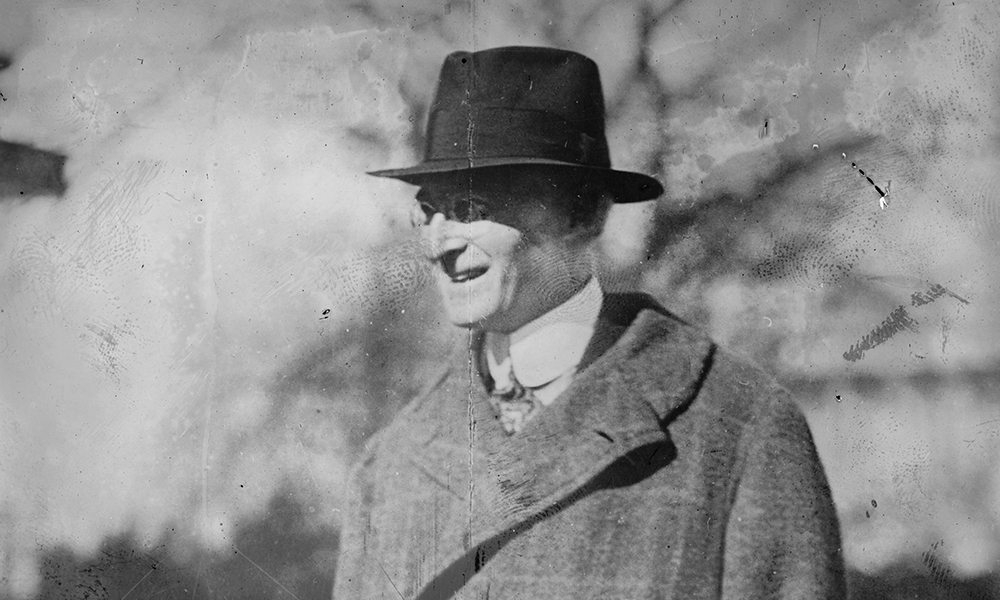
Bernard Baruch Handicap
Contested at Saratoga since 1961, the Bernard Baruch is named in honor of the financier, philanthropist and statesman who served as an advisor to presidents Woodrow Wilson and Franklin D. Roosevelt. A racing fan and Thoroughbred owner, Baruch was featured on the cover of Time magazine three times. He continued to advise on international affairs until his death at the age of 94 in 1965.
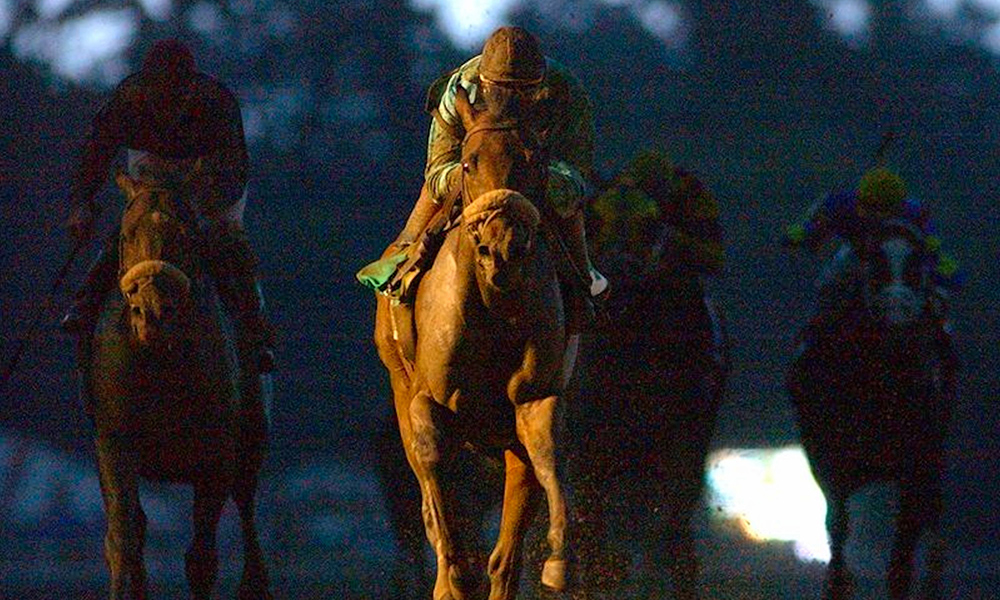
Birdstone Stakes
First run in 2011, the Birdstone recognizes Marylou Whitney’s 2004 Travers Stakes winner of the same name. A small horse who thwarted the Triple Crown hopes of Smarty Jones at Belmont, Birdstone won a memorable edition of the Travers that summer. As he crossed the wire in victory, the track was shrouded in near darkness as a powerful thunderstorm descended on Saratoga and created a surreal scene. Birdstone, who now resides at Old Friends in Kentucky, also broke his maiden at Saratoga.
Jim Dandy Stakes
Jim Dandy won only seven times in 141 races, but he earned his spot in Saratoga lore by shocking Triple Crown winner Gallant Fox in the 1930 Travers at odds of 100-1. His other major career highlight also came at Saratoga with a victory in the 1929 Grand Union Hotel Stakes at 50-1 odds. The Jim Dandy has been Saratoga’s traditional prep race for the Travers since 1964.
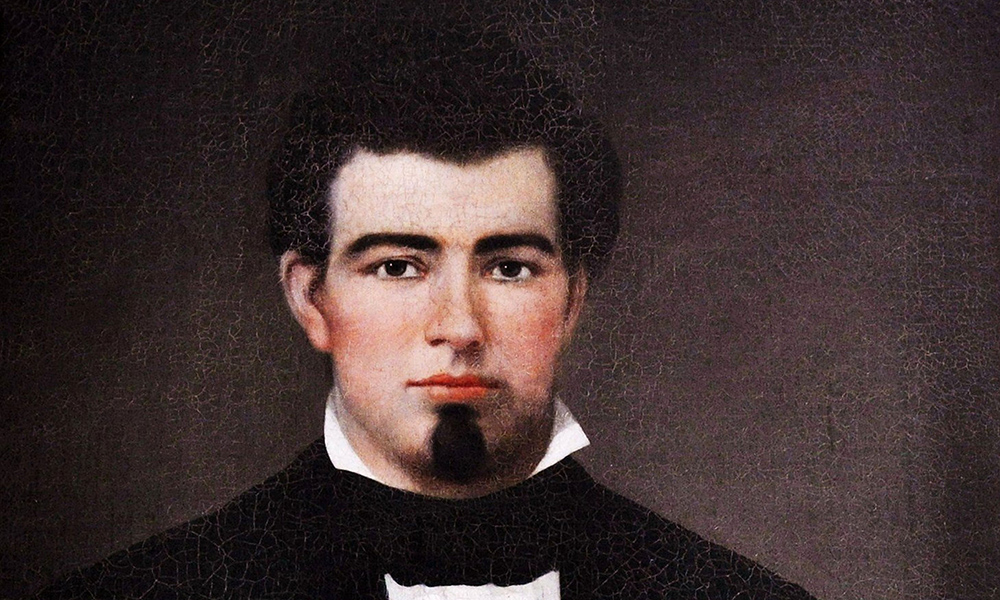
John Morrissey Handicap
Inaugurated in 2004, the John Morrissey pays tribute to the undefeated bare-knuckle boxing champion who established Saratoga racing in 1863 and went on to serve as a Congressman and New York State senator. Morrissey was a Saratoga stalwart who also built the Club House in Congress Park, which is nowadays called the Canfield Casino.
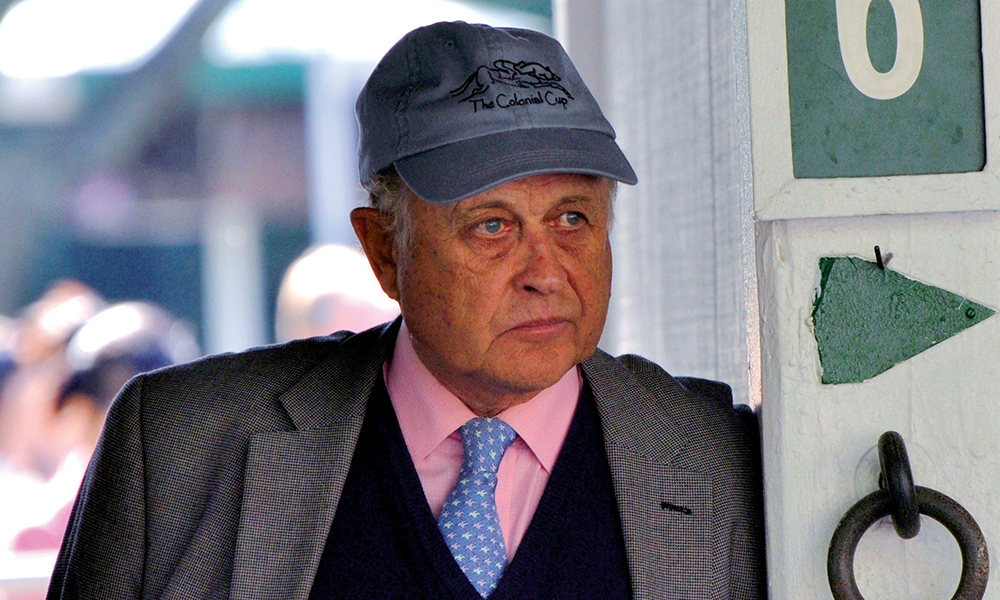
Jonathan Sheppard Stakes
Formerly known as the New York Turf Writers Cup, the steeplechase fixture will be run for the 79th time this year with a new name, honoring arguably the greatest jump trainer in history. The titular Sheppard, who announced his retirement earlier this year, owns just about every record among steeplechase trainers. He was the overall leading trainer at Saratoga in 1984 and 1985 and won the Turf Writers Cup a record 15 times.
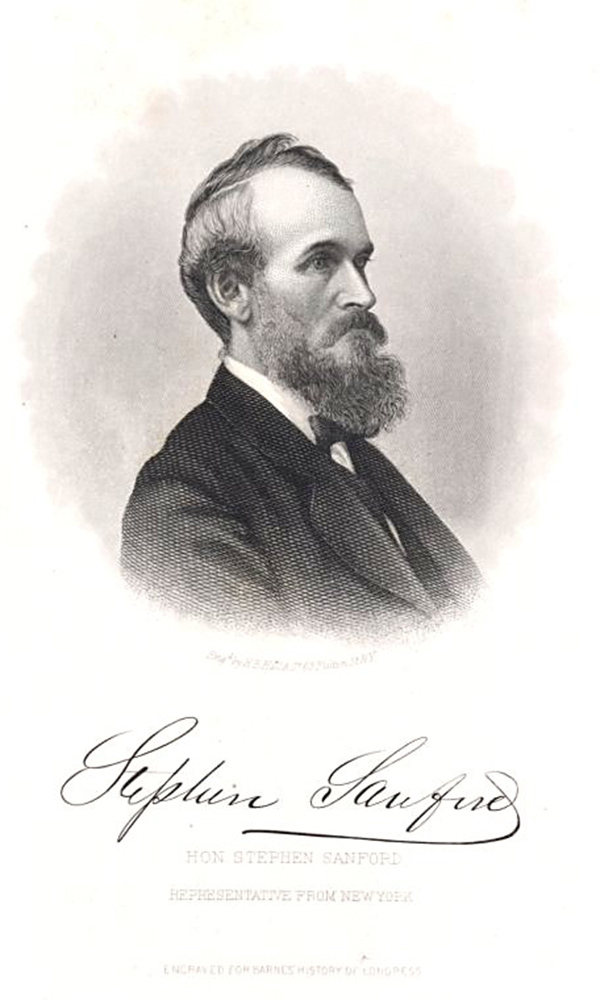
Sanford Stakes
The only loss Man o’ War ever suffered took place in the 1919 Sanford. The race is named for the Sanford family of nearby Amsterdam. (Pictured at left is one of the most prominent Sanfords, Stephen, who served in Congress.) In Saratoga’s early racing days, the Sanford horses were often walked to the racetrack all the way from the family’s farm 27 miles away. The Sanford’s most famous winners include Secretariat, Affirmed, Regret and Tom Fool.
Spinaway Stakes
The oldest race for 2-year-old fillies in America, the Spinaway was first run in 1881 and was named for the champion juvenile filly from the year beforehand. Owned by George Lorillard, Spinaway won seven races in 1880, defeating males each time. Sadly, an injury ended her career prior to her 3-year-old run, but her early retirement earned her a stakes named that year in her honor.
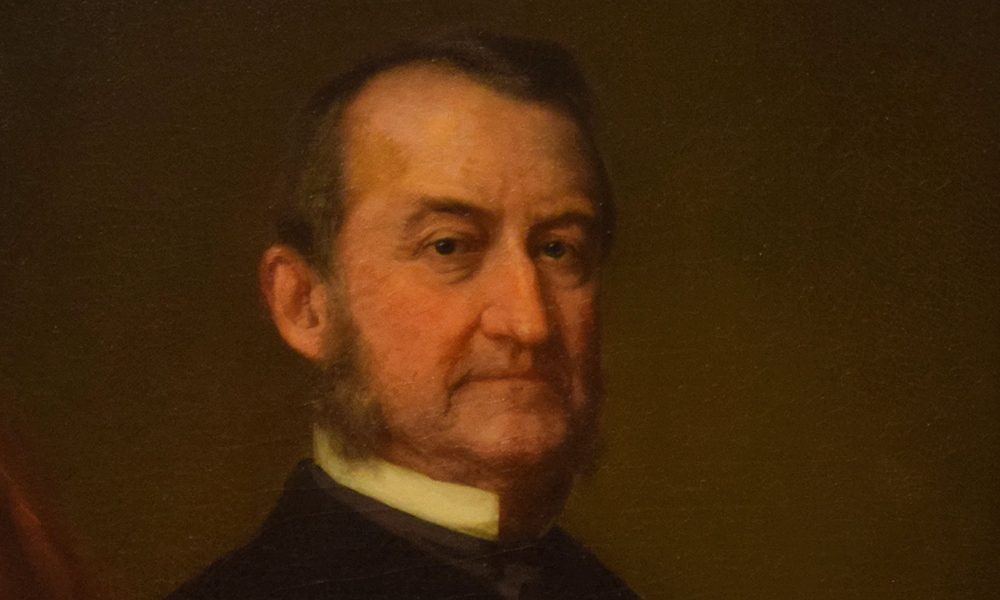
Travers Stakes
Saratoga’s most famous race was named after the track’s first president, William R. Travers, who co-owned the horse Kentucky, the inaugural Travers winner in 1864. A stockbroker and society wit, Travers was one of the most popular sportsmen of the 19th century. The Travers is the oldest race for 3-year-olds in America and has been won by 24 horses in the Hall of Fame.
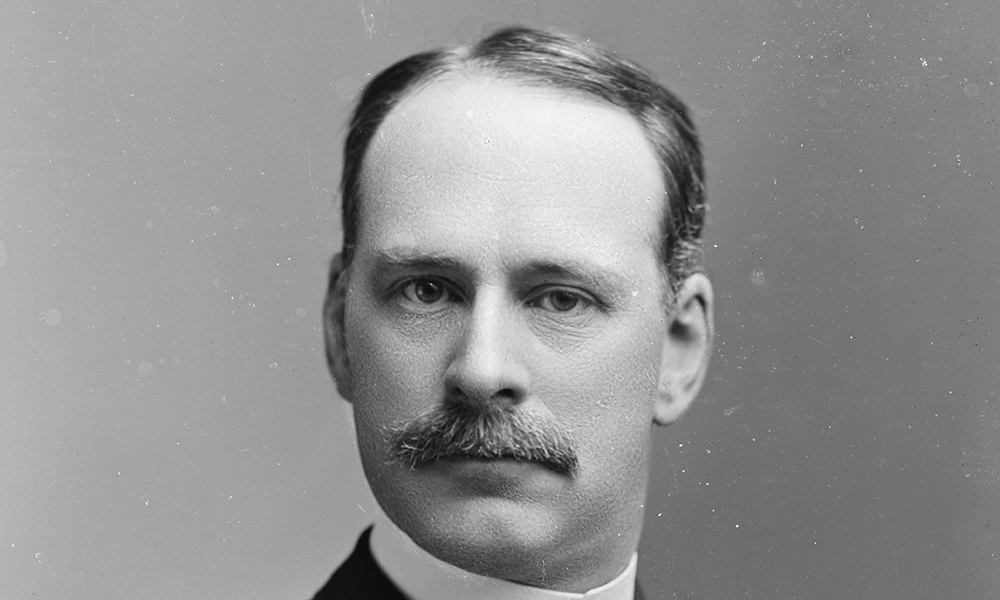
Whitney Handicap
Many assume the Whitney Handicap is named for the “Queen of Saratoga,” Marylou Whitney. That’s only partially correct. First run in 1928, the race was actually named in honor of the entire Whitney family (Marylou, not yet a Whitney, was 3 at the time), one of the most prominent families in racing and American history. Three generations of Whitneys—William Collins Whitney (pictured above), Harry Payne Whitney and Cornelius Vanderbilt Whitney—all competed in their stable’s famous Eton blue and brown colors at Saratoga. Meanwhile, John Hay Whitney and Helen Hay Whitney led the powerful Greentree Stable, which was later overseen by Joan Payson Whitney. Marylou Whitney carried on the traditions of her late husband, Cornelius, until her death in 2019.


